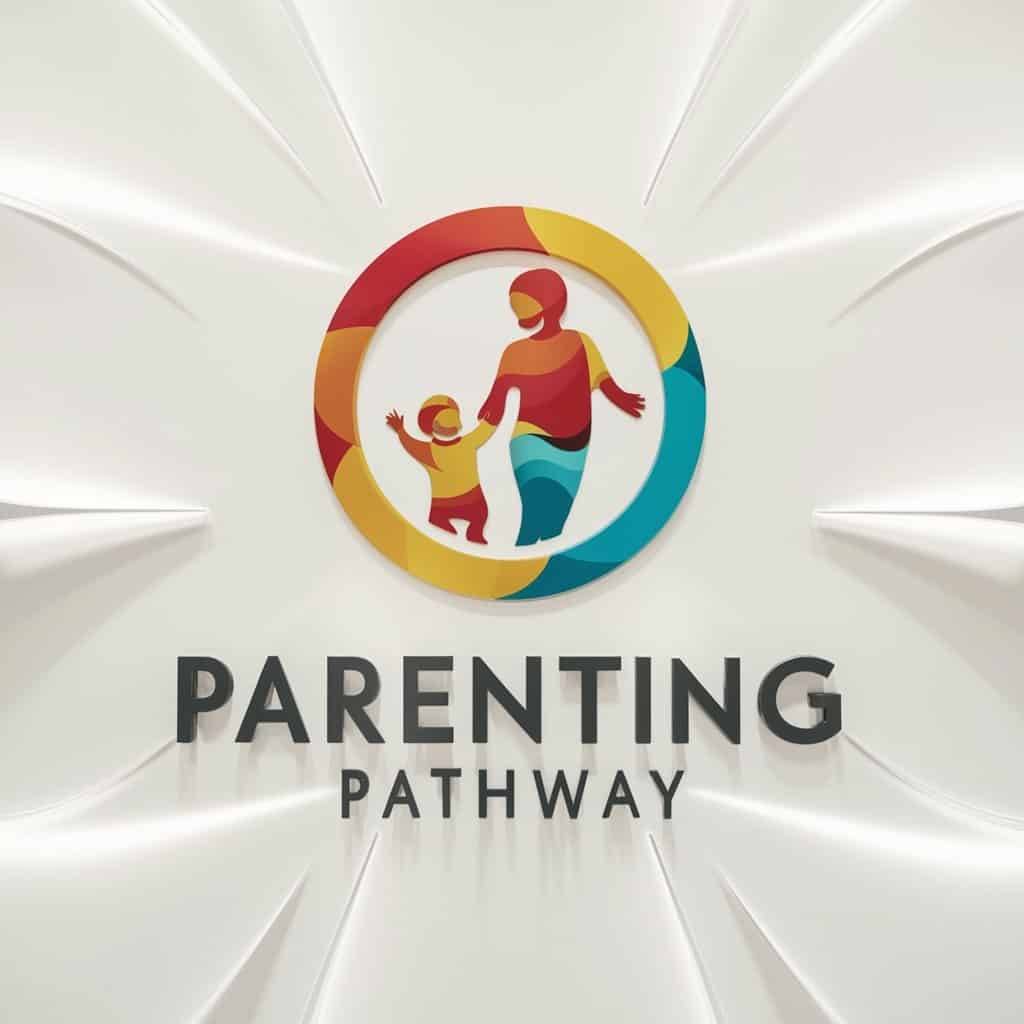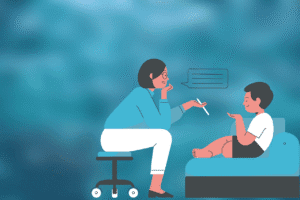When to Worry? Decoding Normal Stress vs. Childhood Anxiety Disorders
Back to Blog
Understanding Normal Stress in Childhood
Childhood is a period marked by growth and development, whereby children encounter various challenges that contribute to their overall experience. Normal stress, in this context, refers to the manageable pressures that arise from everyday situations. These stressors are not inherently harmful; rather, they can serve to help children build resilience and learn coping mechanisms. Common sources of childhood stress include school-related demands, peer relationships, family dynamics, and transitions such as moving to a new school or welcoming a sibling.
Academic pressure is a prevalent source of stress for many children. As they progress through school, expectations for performance can increase. Tests, homework, and competition among peers can create a stimulating yet sometimes overwhelming environment. It’s important to recognize that a certain level of anxiety in children regarding their academic responsibilities is normal and can even motivate them to strive for their best. However, persistent stress that interferes with daily functioning may indicate a need for further evaluation.
Social interactions also play a critical role in childhood stress. Forming friendships and navigating social hierarchies can be challenging, particularly as children strive for acceptance among their peers. Issues such as bullying or exclusion can heighten feelings of anxiety, but typical social worries can often be alleviated through support and guidance from parents and educators.
Family dynamics are another contributor to childhood stress. The home environment, which includes the relationships between family members, can significantly impact a child’s emotional well-being. Transitional periods, such as divorce, relocation, or the addition of a new family member, can induce stress but are a common aspect of growing up. Recognizing that these stress reactions are typical can help parents respond appropriately, assisting their children in developing healthy coping strategies.
In conclusion, while childhood stress is a natural part of development and can promote growth, it is critical for parents to remain vigilant about their child’s emotional state. Understanding the manifestations of normal stress versus more severe childhood anxiety disorders can enable parents to provide necessary support and guidance when needed.
Identifying Symptoms of Childhood Anxiety Disorders
Recognizing anxiety in children can often be challenging, particularly since childhood stress can manifest in various forms. It is essential to distinguish between typical stress responses and symptoms indicative of childhood anxiety disorders. Various types of anxiety disorders, such as Generalized Anxiety Disorder (GAD), Social Anxiety Disorder (SAD), and Separation Anxiety Disorder (SAD), possess distinct characteristics that can help caregivers and educators identify the difference.
Generalized Anxiety Disorder is characterized by excessive worry and anxiety that is difficult to control. Children may express their concerns about academic performance, friendships, or family matters, sometimes displaying heightened irritability or difficulty concentrating. While it is common for children to experience stress in such situations, those suffering from GAD may react with overwhelming fear and persistent anxiety that interferes with their daily functioning.
Social Anxiety Disorder revolves around extreme fear or avoidance of social settings, leading children to withdraw from peers or avoid public activities. This anxiety in children may manifest as excessive shyness, fear of judgment, or physical symptoms like blushing or stuttering when interacting with others. Unlike typical childhood stress, the avoidance behaviors in SAD can hinder social development and planning for future events.
Separation Anxiety Disorder typically arises when a child exhibits intense distress when separated from a primary caregiver. While some degree of separation anxiety is normal during early childhood, it becomes a concern when children refuse to go to school, have frequent nightmares about separation, or develop physiological symptoms such as headaches or stomachaches in anticipation of parting. These reactions are indicative of deeper anxiety rather than commonplace childhood stress.
Identifying these symptoms is critical for early intervention and support. Understanding the differences between childhood stress and anxiety disorders not only aids in timely diagnosis but also fosters healthier coping mechanisms for children affected by these conditions.
Factors Contributing to Childhood Anxiety
Childhood anxiety disorders can arise from a complex interplay of various factors, which may significantly contribute to the development of anxiety in children. One of the primary considerations is genetic predisposition. Research indicates that children with a family history of anxiety disorders may be more susceptible to experiencing anxiety themselves. This genetic link suggests that a child’s temperament and response to stress can be influenced by their inherited traits.
Environmental influences also play a critical role. Children are often affected by their immediate surroundings, including family dynamics, peer relationships, and schooling. For instance, a chaotic home environment characterized by parental conflict or instability may heighten stress and contribute to anxiety disorders in children. Similarly, exposure to bullying or social pressures at school can exacerbate feelings of insecurity, leading to increased anxiety levels.
Traumatic experiences, such as the loss of a loved one, accidents, or witnessing violence, are additional factors that can lead to anxiety in children. These events can create lasting impressions on a young mind, triggering responses that manifest as various anxiety disorders. The ability of a child to process trauma can vary, thereby influencing their likelihood of developing childhood anxiety.
Parental mental health is another significant factor to consider. Children are highly impacted by their parents’ emotional well-being. When parents exhibit anxiety, depression, or other mental health issues, children may internalize these feelings, resulting in increased anxiety levels. Additionally, cultural and societal expectations can impose pressures on children that amplify stress. For example, the strive for academic excellence or the need to conform to social norms may cause children to experience heightened anxiety compared to their peers.
When and How to Seek Help
Recognizing when to seek help for childhood stress or anxiety in children is essential for effective intervention. Stress is a normal part of childhood; however, when it escalates to a point where it disrupts a child’s daily life or hinders their development, it may indicate an underlying anxiety disorder. Signs that may necessitate professional assistance include persistent worry, changes in sleep patterns, avoidance of certain situations, or physical symptoms such as headaches or stomachaches without a clear medical cause.
Parents should approach the issue with sensitivity and open communication. Initiating a discussion with the child about their feelings can foster a supportive environment. This conversation is critical as it can help the child articulate their experience and concerns, which is often the first step toward alleviating their distress. Additionally, parents should acknowledge their child’s feelings, ensuring they don’t dismiss or minimize their experiences, which can further enhance childhood anxiety.
When considering professional help, parents have various options available. They may first consult a pediatrician, who can conduct an initial assessment and provide recommendations for specialists. Pediatricians can also help rule out any medical conditions that may manifest as childhood stress. Mental health professionals such as child psychologists or licensed therapists are well-equipped to diagnose childhood anxiety disorders and recommend appropriate therapies. Common forms of therapies include cognitive-behavioral therapy (CBT), which is effective for teaching children coping mechanisms, and play therapy, which helps children express their feelings through play.
Additionally, engaging with family support systems—such as schools, community groups, or even parenting classes—can provide necessary resources and strategies for managing stress and anxiety in children. It is vital to ensure that children know their feelings are valid, as this foundational support can significantly impact their coping abilities and overall well-being.




Leave a Reply